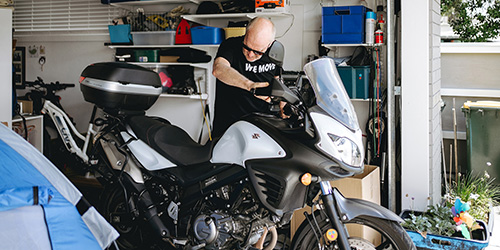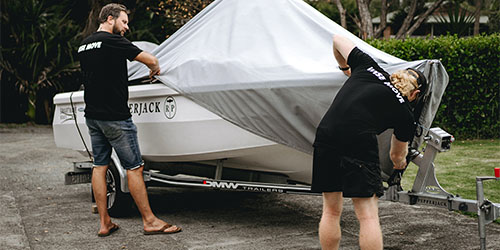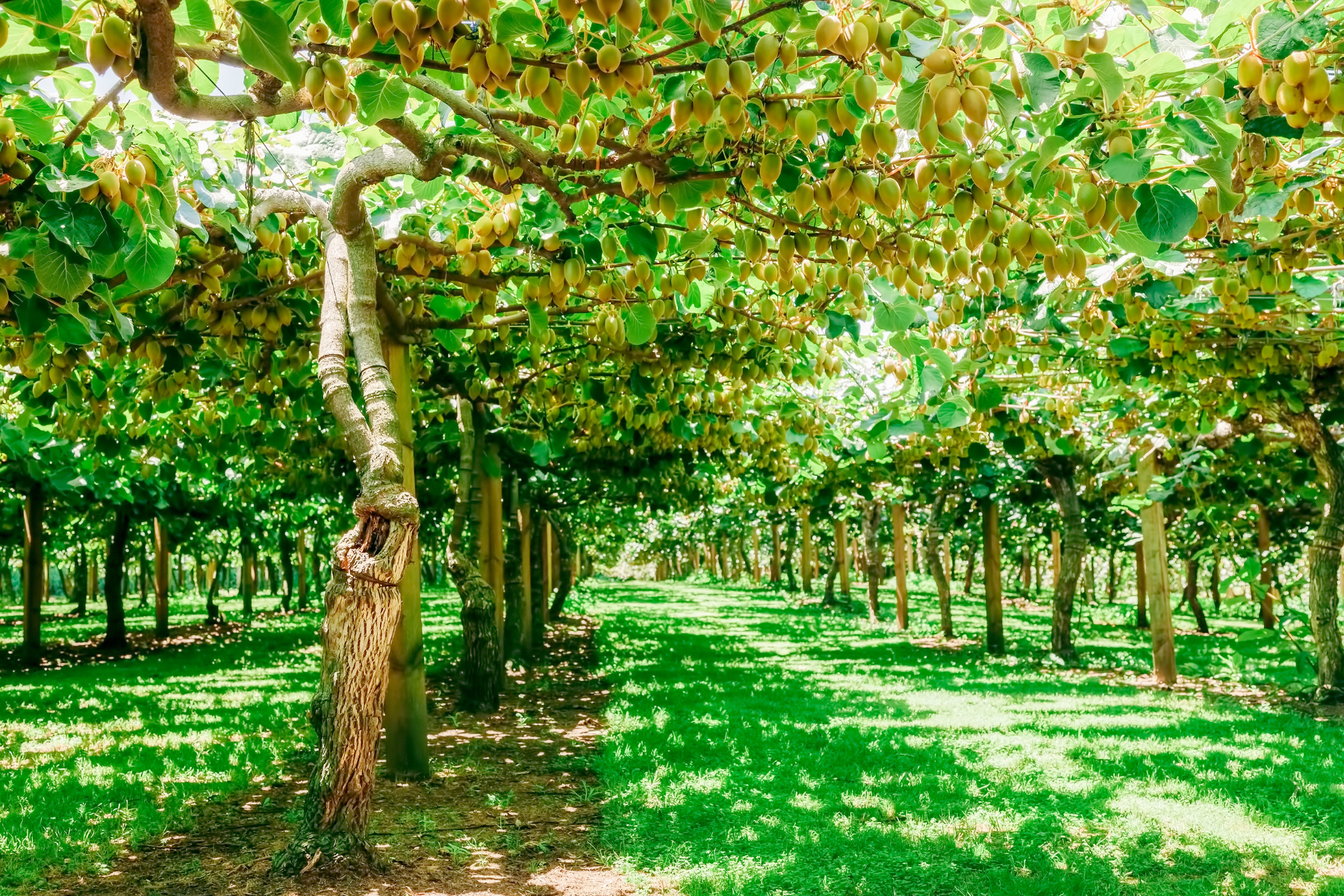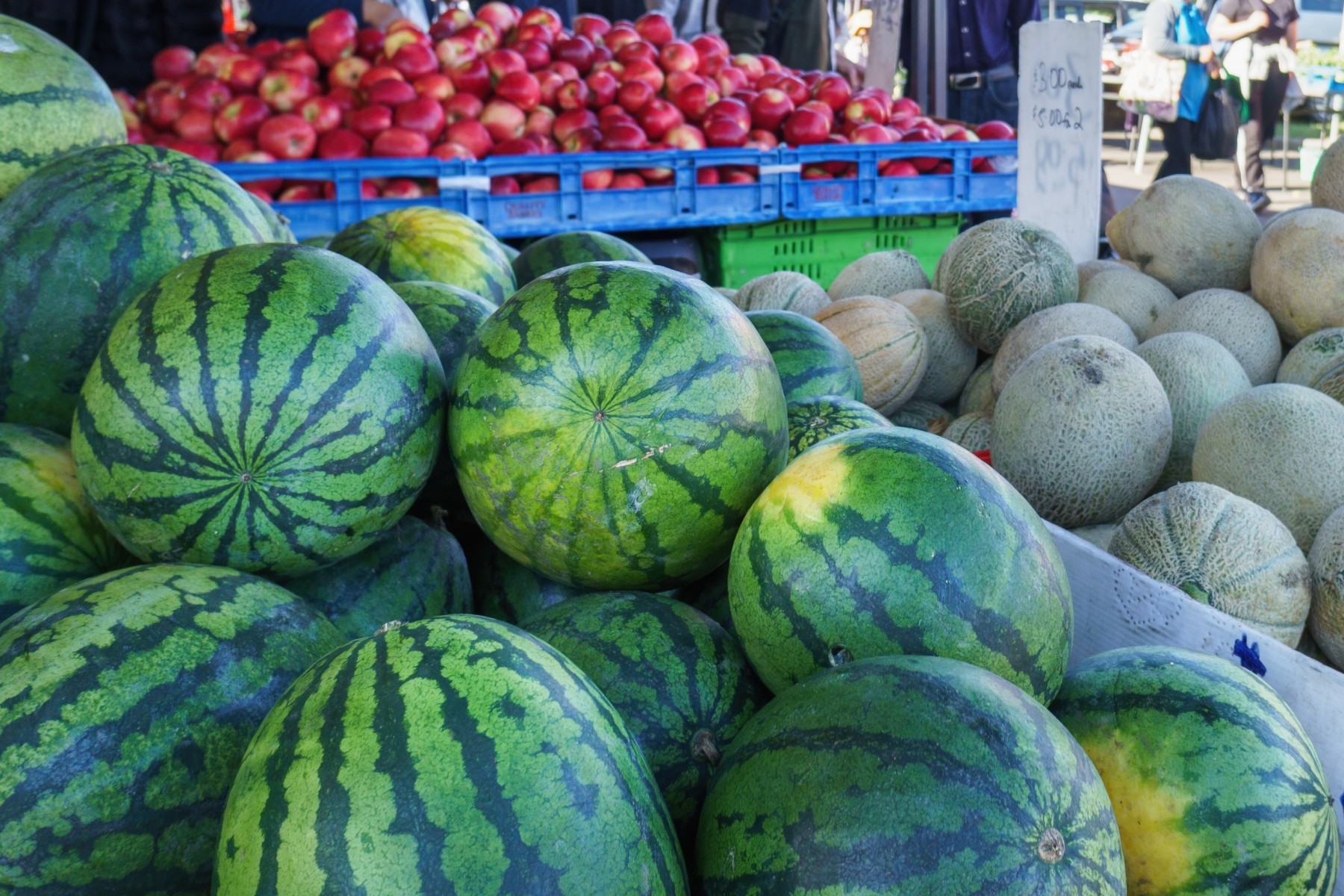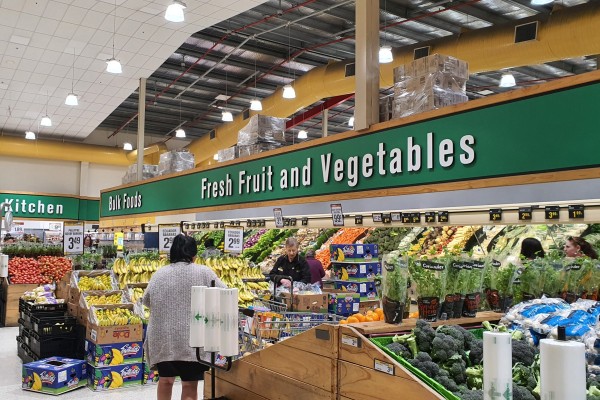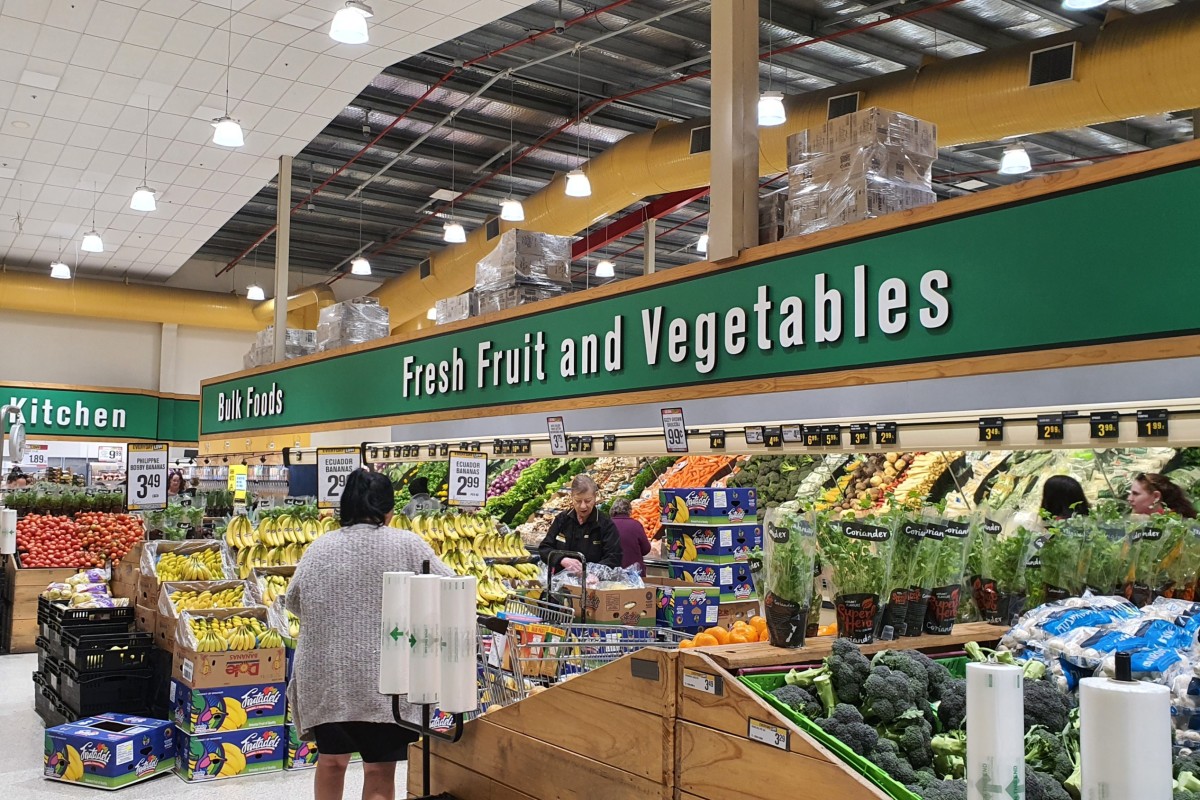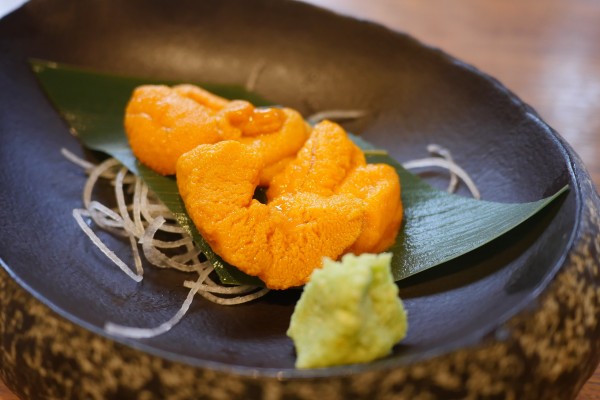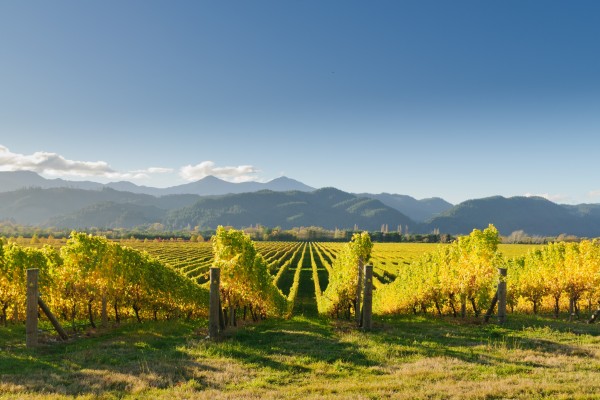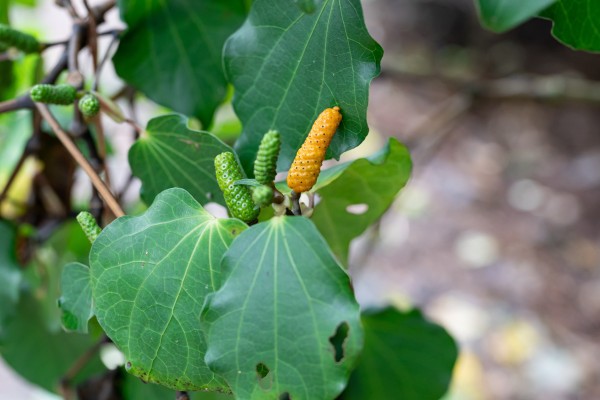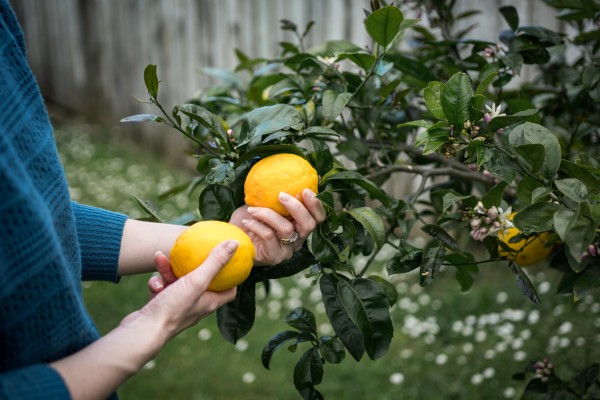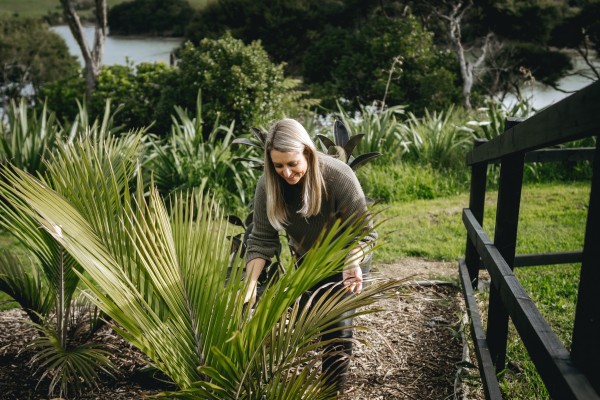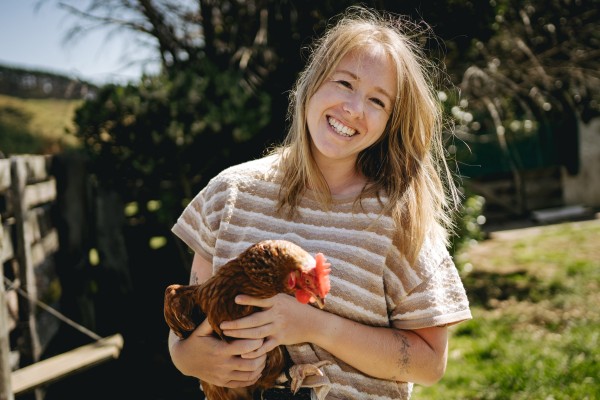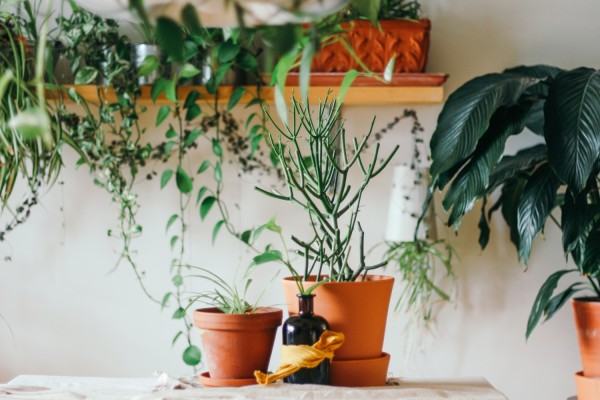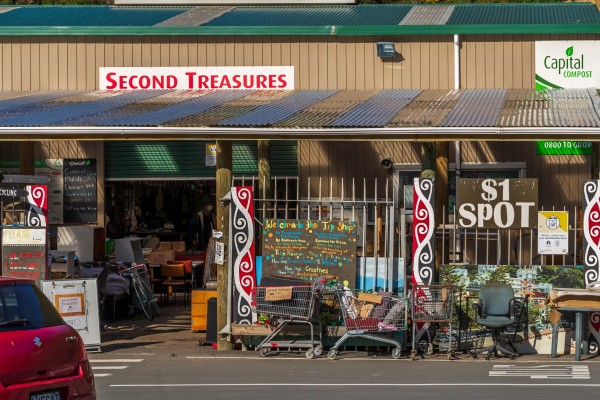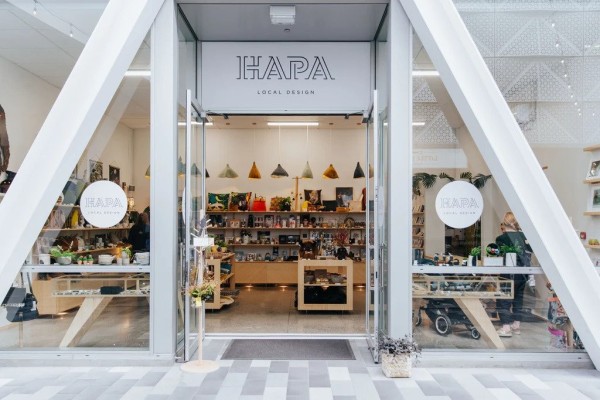Your local guide to New Zealand produce and where to buy It

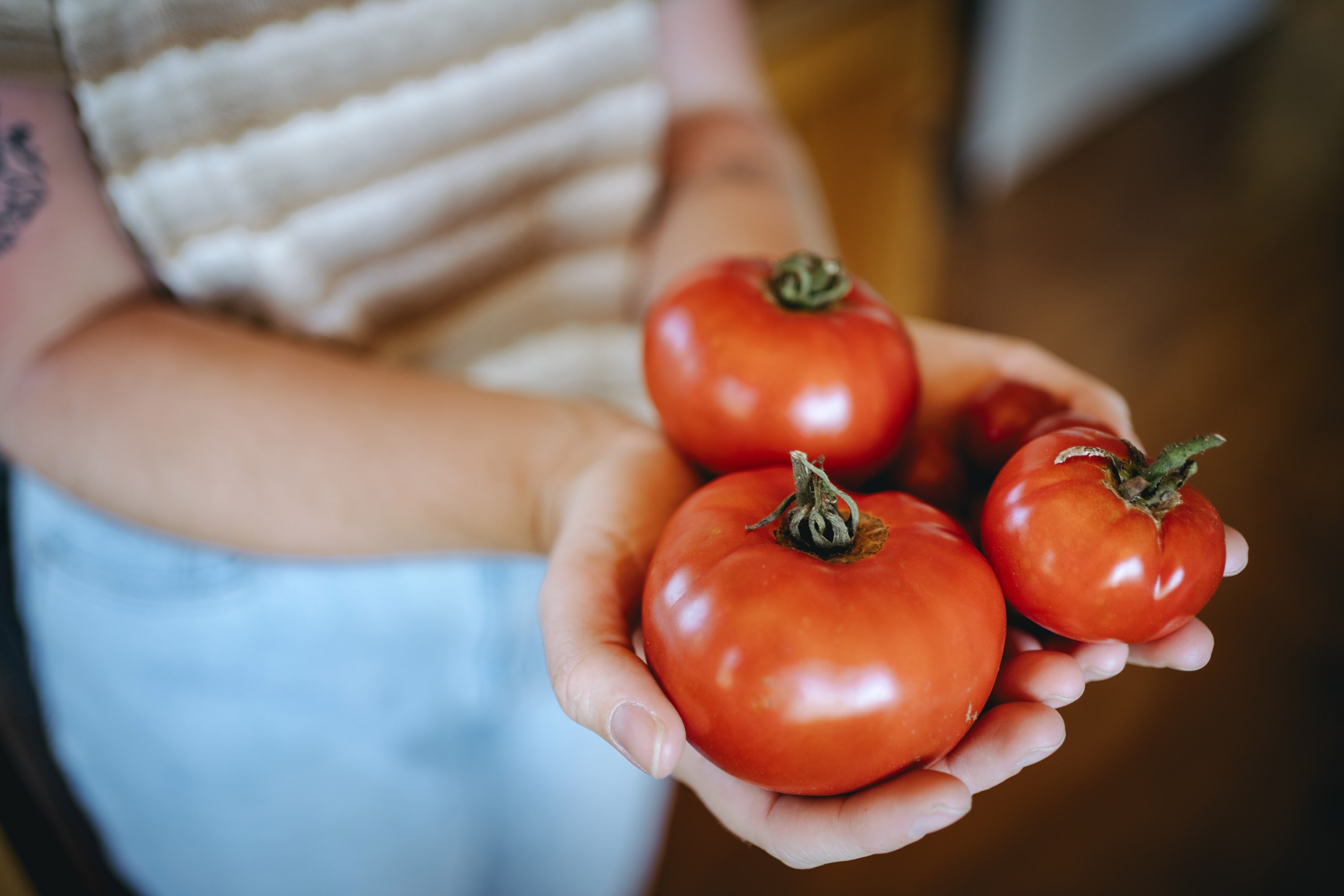
While New Zealand is well known for our dramatic landscapes and laid-back locals, there’s one thing that many people are surprised by when they visit—the quality of our food.
In New Zealand, food is deeply tied to the land and the seasons. If you’re new to the country, you’ll quickly notice that produce tastes not only fresher, but also more flavourful. That’s because, whether you’re shopping at a boutique grocery store, a Sunday farmer’s market or even picking up produce from The Warehouse, you’ll often find food that is locally sourced and grown in season.
Exploring what’s grown in different regions is one of the best ways to connect with New Zealand culture. In this guide, we’ll explore New Zealand’s regional produce and show you where to shop for it while you are here.
Why seasonal shopping matters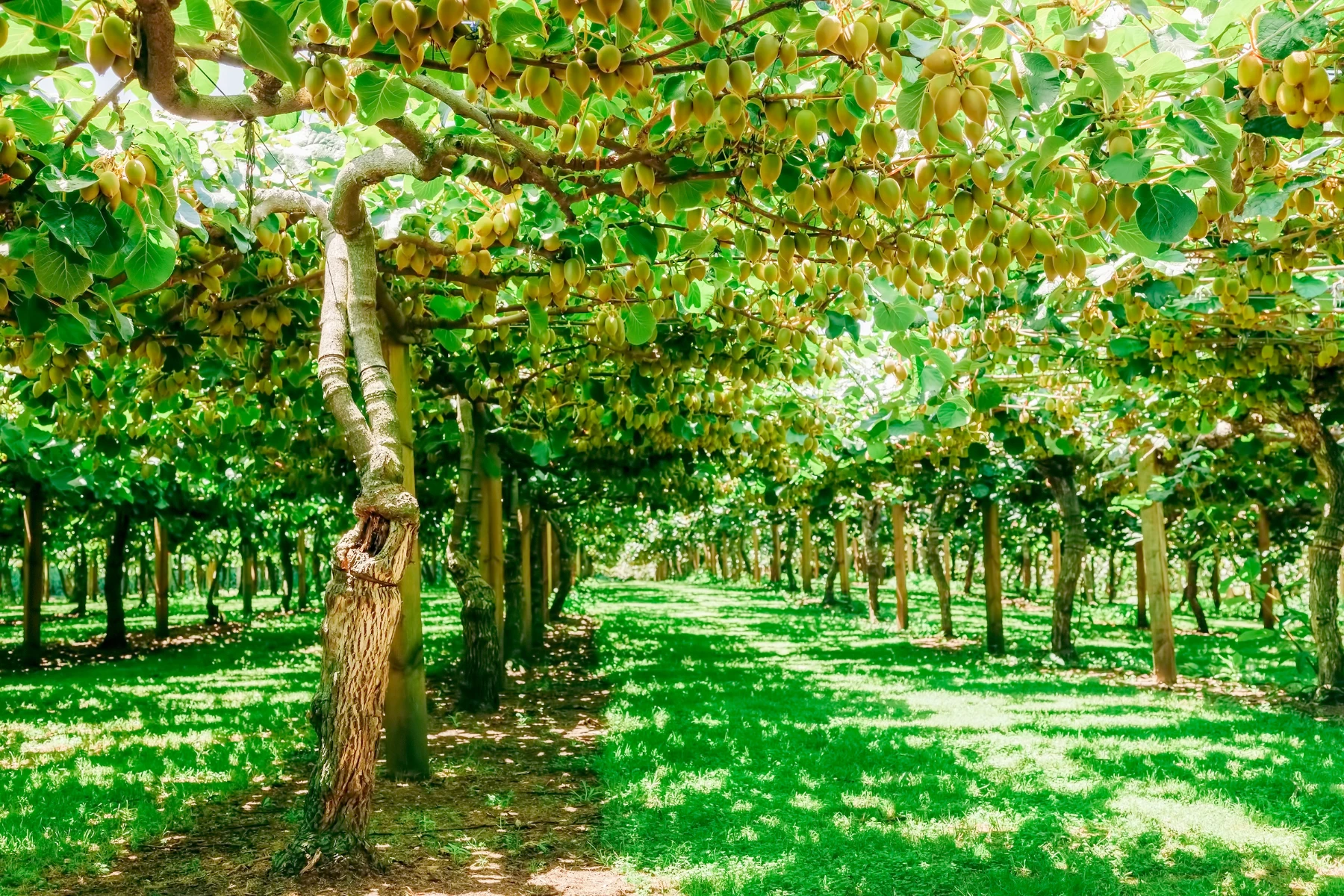
New Zealand’s produce is highly seasonal because, unlike places like California or Queensland, our climate doesn’t allow for year-round warmth and stable growing conditions. That means fruit and vegetables grow best in their natural season.
Out-of-season produce is either very expensive or disappears from shelves altogether. For example, you can still find tomatoes and cucumbers in winter, but they’re usually hothouse-grown and cost much more than in summer.
Other favourites, like avocados or asparagus, simply aren’t available outside their season.
Tip: In New Zealand, it pays to make the most of them while they’re around. Eating seasonally is not only more affordable, but also allows you to enjoy produce at its absolute best in terms of flavour and freshness.
Local vs imported fruit and vegetables
Before we get into where to find New Zealand’s best fresh fruits and vegetables, it helps to understand what’s grown locally and what’s imported. Thanks to its diverse range of climates and fertile soils, New Zealand produces a wide variety of vegetables, stone fruits, apples, pears, kiwifruit and some tomatoes.
When it comes to citrus and tropical fruit, the country doesn’t have the year-round heat or humidity needed to grow these fruits en masse.
Imported fruits in New Zealand
- Oranges
- Lemons
- Limes
- Pineapple
- Melons
- Bananas
- Papaya
Best places to shop for local produce in New Zealand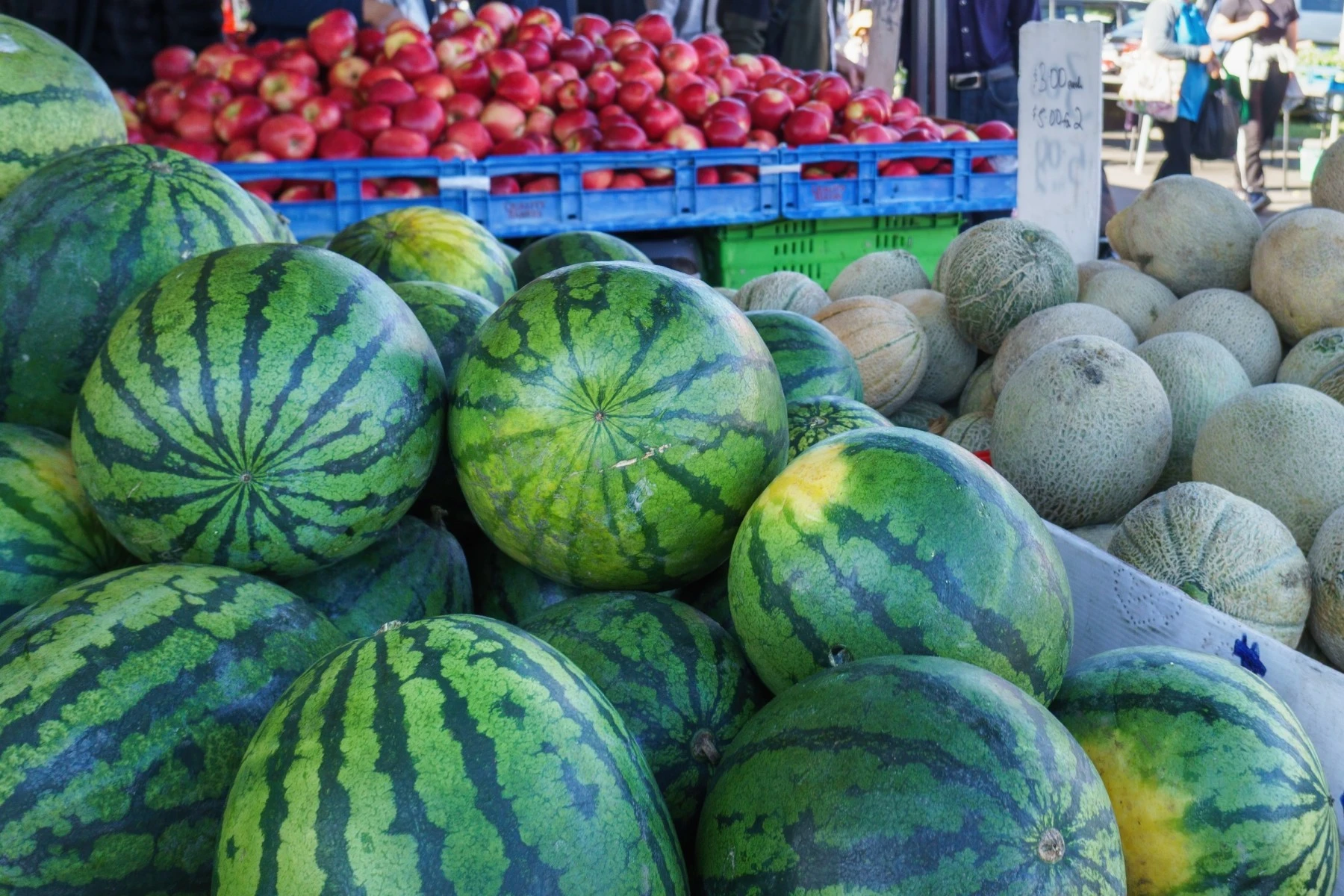
If you’re new to New Zealand, you may be pleasantly surprised by how easy it is to shop for local products. There are lots of ways to fill your basket with fresh, local food in New Zealand. Some of these options are more direct from the grower, while others are convenient for everyday shopping.
1. Supermarkets: New World, Countdown, Fresh Choice, PAK’nSAVE and Four Square
You might be surprised to know that New World, Countdown, Fresh Choice & PAK’nSAVE stock plenty of locally grown vegetables and fruit (just probably not the ones we mentioned above). That’s because around 99% of fresh vegetables are grown locally. You can count on common staples like apples, kiwifruit, potatoes, onions, and leafy greens. Fruit in particular usually comes with a New Zealand-grown label.
Tip: If you’re in a smaller town, the local supermarkets are often family-owned franchises. This means they may also offer fruit, veg, or eggs sourced directly from nearby growers, alongside the main supermarket supply.
2. Weekend farmers’ markets
Farmers' markets are one of the best ways to buy locally sourced produce. You’ll find Saturday or Sunday markets in nearly every town or city in the country. These community-driven spaces are a great place to shop for seasonal fruits and vegetables, artisan bread, honey, eggs and cheese. Best of all, if you have any questions about the produce, you can ask the seller directly.
Tip: Not only are these markets a great way to buy local food, they’re also a lot cheaper than shopping at a supermarket.
3. Produce box deliveries
Services like Bliss Box and Wonky Box deliver seasonal fruit and veg straight to your door. As a bonus, Wonky Box prevents food waste by repackaging food that is perfectly fresh to eat, but considered too misshapen to make it onto supermarket shelves.
Tip: The North Island and the South Island produce different fresh fruits and vegetables. Produce boxes are great if you want to eat seasonally and want to save money or prevent food waste.
4. Independent greengrocers and speciality stores
Many towns have independent fruit and veg shops with fresher, more seasonal produce than supermarkets. Great places to shop for locally sourced produce are Asian supermarkets, small grocers, and speciality organic shops.
5. Roadside stalls and honesty boxes
Roadside stalls are a quintessential part of rural life in New Zealand. You’ll find these dotted around the countryside, particularly in areas like the Hawkes Bay, Central Otago, Bay of Plenty and Wairarapa. You can find a range of fresh produce, from stone fruits to eggs and avocados, depending on the location.
Tip: Many stalls work on an honesty system where cash is left in a secure box. Don’t forget to draw cash before you head to any of these areas.
New Zealand regional produce guide: What to buy and where
Whether you’re moving to a new region or exploring New Zealand by car, add this locally grown produce to your shopping list.
Auckland & Northland: Avocados, Citrus, and Honey
Northland’s subtropical climate, combined with the rich soils of nearby Auckland, makes this region great for avocados, some citrus fruit, and feijoas. Northland is also a hub for honey, especially mānuka and rewarewa honey, thanks to its native bushland. In late summer, you’ll see roadside stalls bursting with passionfruit, mandarins, and avocados.
Where to shop
- Northland markets: Mangawhai Tavern Market, Bay of Islands Farmers Markets, and Kaiwaka Cheese Shop for locally-produced cheese and artisanal produce.
- Local suppliers: Origin Northland in Waipu, Huanui Fresh in Glenbervie, Harvest Fresh in Maunu, and Wholey Health in Whakapara.
- Other options: Avondale Market (Auckland’s biggest, every Sunday), Clevedon Farmers Market (artisan focus), Parnell Market, Britomart Saturday Market and Matakana Village Market.
View this post on Instagram
Waikato: Dairy, Berries, and Corn
Waikato is New Zealand’s dairy heartland, with green pastures that produce world-class milk, cheese, and yoghurt. You’ll also find sweetcorn in summer and strawberries around Hamilton and Cambridge. Local berry farms often have an option to pick your own.
Where to shop
- Markets: Hamilton Farmers Market on Sundays and Tamihere Market on Saturdays.
- Fruit stalls: Along SH1.
View this post on Instagram
Bay of Plenty: Kiwifruit, Avocados, and Citrus
This coastal region lives up to its name, producing much of New Zealand’s kiwifruit. The climate also supports avocados, oranges, and mandarins. If you’re there in autumn, orchards are full of ripe kiwifruit and feijoas.
Where to shop
- Markets: Tauranga Farmers Market (Saturdays), the Little Big Markets in Mt Maunganui.
- Roadside stalls: Near Te Puke (the kiwifruit capital).
- Fruit suppliers: Oakridge and Grower Outlet are great places to find fresh fruit boxes sourced from local orchards.
View this post on Instagram
Hawke’s Bay: Apples, Wine, and Stone Fruit
Hawke’s Bay is famous for its crisp apples, juicy peaches, and plums, as well as some of the best wines in New Zealand. The warm summers and long growing season also make it one of the country’s best wine regions, especially for syrah and chardonnay. You’ll also find roadside stalls selling stone fruit, including cherries and apricots.
Where to shop
- Orchard stalls: Along SH2
- Vineyard cellar doors: Pair wine with your fresh produce shopping.
- Artisanal produce: Bellatino’s Food Lover’s Market in Havelock North, and shop for local honey at the Arataki Honey Visitor Centre.
- Markets: Hawke’s Bay Farmers Market (Sundays in Hastings), Napier Urban Farmers Market (Saturdays in Napier), Tōmoana Showgrounds Market and Ahuriri Neighbourhood Market.
View this post on Instagram
Taranaki: Dairy, Cheese, and Microgreens
The lush pastures around Mount Taranaki are ideal for dairy cows, so the region is well-known for its milk, ice cream, and boutique cheeses. Small-scale growers supply microgreens, herbs, and fresh vegetables to local co-ops and markets. You can also enjoy locally roasted coffee in the region and artisanal foods, including sourdough, local honey, gin and other products.
Where to shop
- Markets: Taranaki Farmers Market (New Plymouth, Saturdays), Hawera Saturday Market, Te Rūrū Coastal Market in Okato, and The Seaside Market in Ngamotu Beach.
- Small honesty-box stalls: Scattered along the Surf Highway.
- Artisanal foods: Exploring the local artisanal map.
View this post on Instagram
Wellington & Wairarapa: Craft Coffee, Stone Fruit, and Wine
Wellington city prides itself on artisan food and craft coffee, while the surrounding Wairarapa countryside grows wine grapes, olives, and stone fruit. Seasonal greens and root vegetables thrive in the cooler climate. There are also many small boutique supermarkets and greengrocers to explore.
Where to shop
- Markets: Harbourside Market on the Wellington Waterfront (every Sunday), Brewtown Farmer’s Market in Upper Hutt (Sundays), Wairarapa Farmers Market in Masterton, and Greytown Market.
- Local stores: For fresh New Zealand produce and products, check out Common Sense Organics, Moore Wilson's supermarket.
View this post on Instagram
Canterbury & Christchurch: Berries, Jams, and Lamb
Canterbury’s vast plains make it one of NZ’s most productive farming regions. You can expect summer berries, apples, and pears as well as plenty of preserves and jams from the Barker’s store in Geraldine. In summer, you’ll often find roadside stalls selling strawberries throughout the countryside.
Where to shop
- Farmers' markets: Riccarton Market (Sundays), and Lyttelton Farmers Market (Saturdays).
- Pick-your-own berry farms: Explore Tram Road near Christchurch, Butler’s Berries in Waimate, and Canterberries near Rolleston.
- Pit-stops: Try Barker’s of Geraldine’s famous jams and local preserves in Geraldine.
View this post on Instagram
Central Otago: Cherries, Apricots, and Wine
With its warm summers and cold winters, Central Otago is the perfect climate for growing stone fruit. You’ll find cherries, apricots, peaches and nectarines for sale at roadside stalls from December through February. The region is also world-renowned for its pinot noir.
Where to shop
- Markets: Cromwell Farmer’s Market, Arrowtown Farmers Market, Wanaka Artisan Market, Otago Farmers Market (Dunedin, Saturdays).
- Local fruit stalls: Cromwell and Alexandra.
View this post on Instagram
Southland: Vegetables, Seafood, and Meat
Southland’s cooler climate produces hearty crops, like swedes, potatoes, and carrots. Sheep farming dominates, so red meat is a regional staple. The coastline also provides fresh seafood—you’ll find blue cod at much more reasonable prices than anywhere else in the country.
Where to shop:
- Markets: Southern Farmers Market (Invercargill, Sundays), King’s Fish Market, and Fowler Oysters in Bluff.
- Local stores: Check out The Pantry for local package-free shopping, and The Grocer in Woodlands is a great place for homekill or local meat.
View this post on Instagram
Moving to a new region of New Zealand?
Book Wise Move for the best moving services. Our expert moving teams deliver exceptional quality and care, optimising routes to keep costs low and your move on time.
What do our customers say?






For every (wise)move


